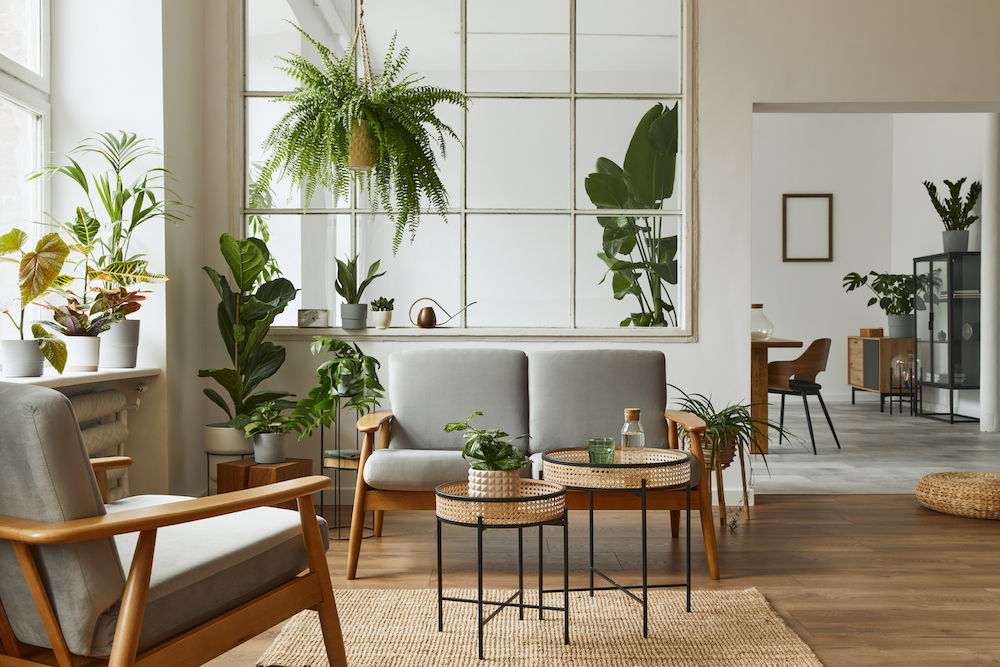
The meeting of the harmonious East with the reduced North
Timeless furnishing styles have been constant and trusted companions for years. This is not surprising in our hectic times, where people long for peace and balance. It is then not at all surprising that furnishing styles are intermingled, combining those commonalities, which is precisely why so many appreciate them.
Well-being through purism and harmony
“Japandi” involves the combination of minimalism, order and elegance to create a harmonious aesthetic that stands for well-being. From the Japanese style, currents are included that come from both Feng Shui, Wabi Sabi and Zen Buddhism. The “doctrine of living” and dealing with the environment creates an attitude that focuses solely on the important things around. The reduction to the bare essentials completely in harmony with the place, with itself and the flow of chi.
Skandi style also involves reduction to the essentials. There you strive to keep things simple, yet pay attention to the quality and functionality. Practical it should be and at the same time convey coziness. The well-known hygge feeling of the Danes, which means as much as a positive and warm atmosphere to create. This is achieved, among other things, by a lot of light and a friendly basic mood.
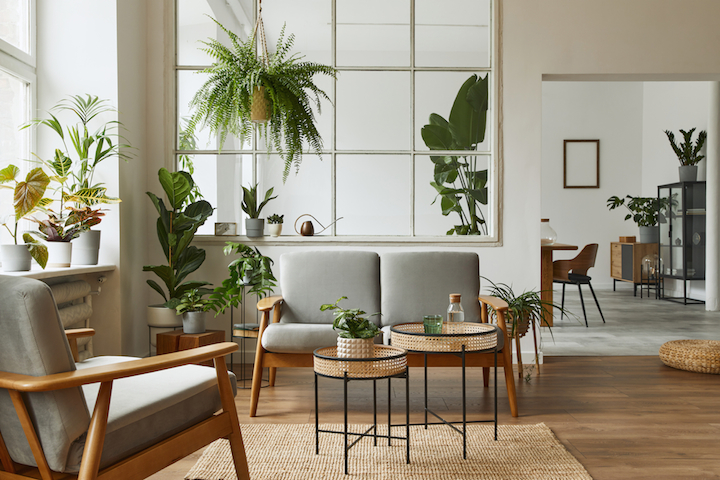
A natural color scheme
Typical for the Japandi style are colors in subtle natural tones, accompanied by strong contrasts. Light and friendly beige as well as brown tones meet strong dark nuances in gray or black. But also colorful accents in blue, green, terracotta or eggplant are set as a counterpoint to the bright Nordic natural tones.
Restraint and functionality
The connection to nature is naturally also reflected in the furniture and its materials. Dark woods from classic Japanese living culture find their place here, as do black details in the decoration. But the design itself, characterized by simple and clean lines, also determines the appearance of the Japandi. Floor-to-ceiling upholstered furniture and futon beds, delicate and low tables meet
timeless design furniture and statement details. Minimalism, simplicity and lightness are the characteristics to be considered as well as multifunctionality, quality and a restrained design. Filigree, well-crafted pieces that are unique and not clumsy give the Japandi its indispensable look. This is also combined with natural textiles that are simple and unagitated in appearance. High-quality cotton, linen as well as jute, which correspond to the Scandinavian style, meet typical Japanese materials such as earthenware, bamboo or paper.
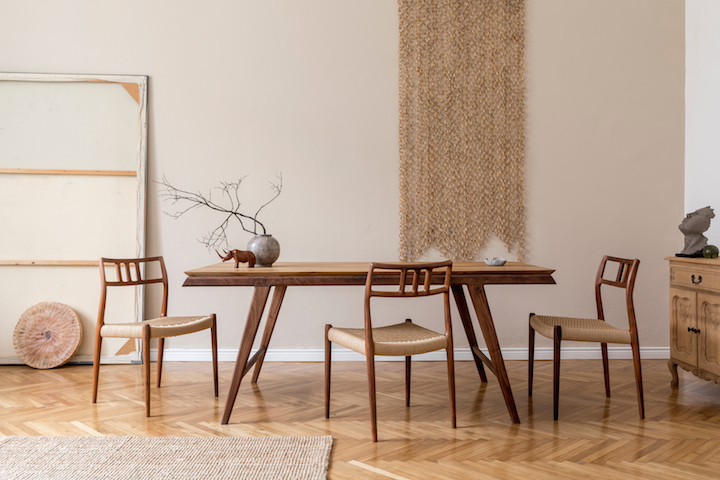
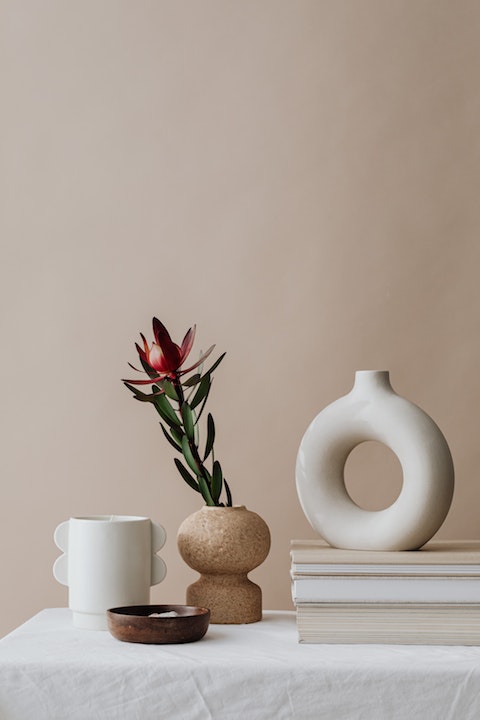

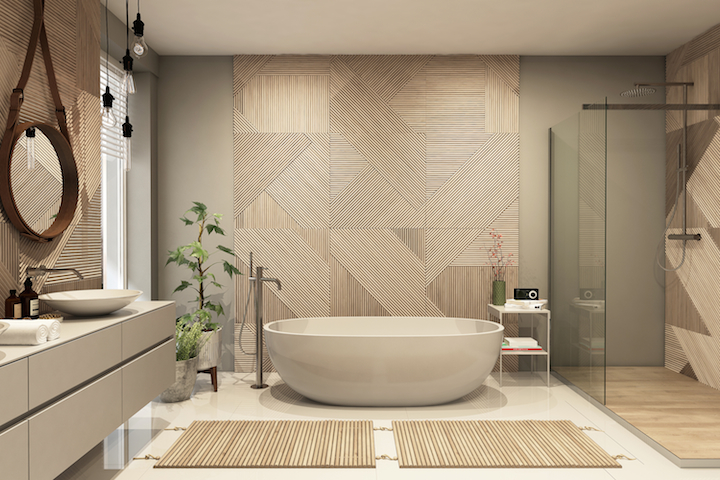
Less is more
Decorations appear through their handmade charm and are deliberately selected. Here, too, the connection to nature is repeatedly clarified and underlined with qualities such as coziness and functionality. Cozy accessories from the Scandinavian style such as blankets and pillows meet stylish objects as well as functional accessories from the Japanese such as teapots and candle holders. Glasses, ceramic bowls are deliberately established and shine with their unexciting yet individual charm. Punctual eye-catchers, in the form of personal memories or a single plant as well as a clear number of decorative elements determine the uniform look.
Summary
Japandi convinces with its clear design. The combination of Japanese imperfection with Scandinavian simplicity. The purist as well as high-quality aesthetics is considered the very core of the interior design style. It is this quiet and discreet style that makes Japandi so special. Japandi does not need much, is sustainable and natural and gets its longevity through quality. This is how Japandi manages to be not just a trend, but rather a conscious attitude towards living with things.
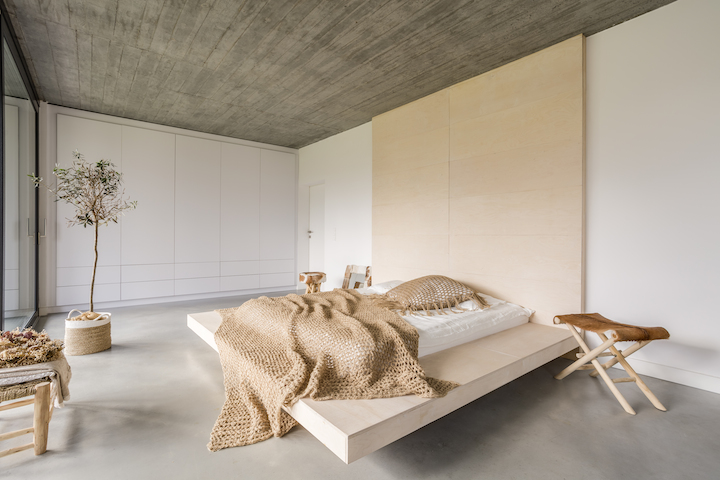
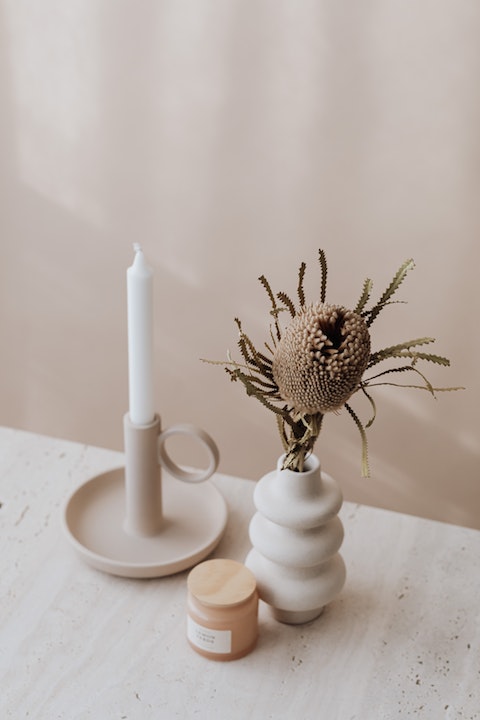
Sources: www.schoener-wohnen.de, www.haus.de, www.boconcept.com, www.design-bestseller.de
Photo credits:
Room photographs: Shutterstock Inc., www.shutterstock.com
Detailed images: Karolina Grabowska from Pexels, www.pexels.com / @karolina-grabowska
